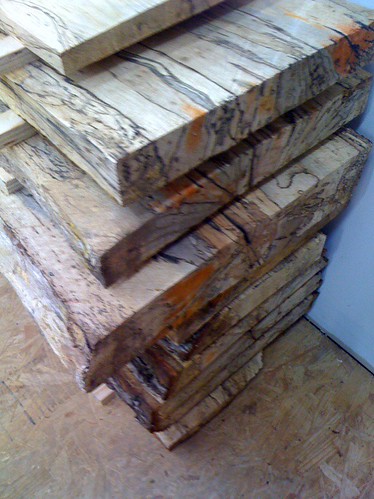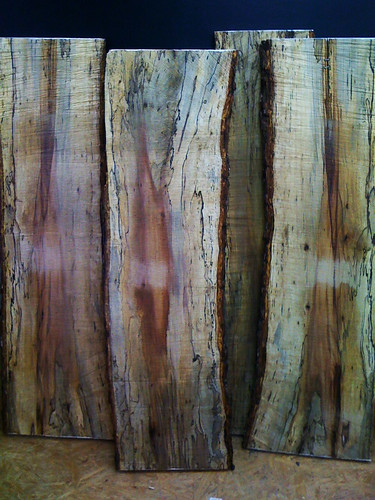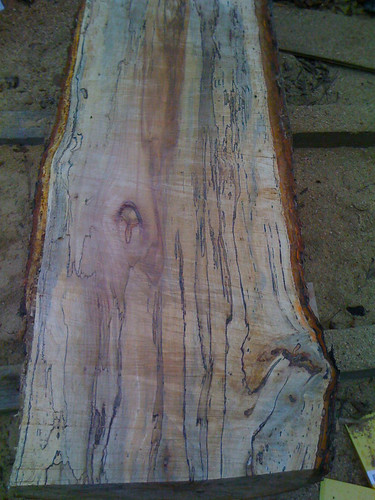PeterD
ArboristSite Lurker
Hello. First, thanks for everyone here for turning me onto milling. I may not have posted anything but sure read a lot and have really been enjoying milling my own wood.
I have a problem (most likely a first) that I think you can help with. I got around to milling some Pecan logs that had been on the ground for a little over a year. Once I started milling I found that they had spalted. Very pretty and very little of what I'd call punky wood. It's all very solid and quite nice. My question is now what? Can I air dry in the shop like I've been doing all along? Is there something special I need to do?
Thanks.
Peter

I have a problem (most likely a first) that I think you can help with. I got around to milling some Pecan logs that had been on the ground for a little over a year. Once I started milling I found that they had spalted. Very pretty and very little of what I'd call punky wood. It's all very solid and quite nice. My question is now what? Can I air dry in the shop like I've been doing all along? Is there something special I need to do?
Thanks.
Peter





























































